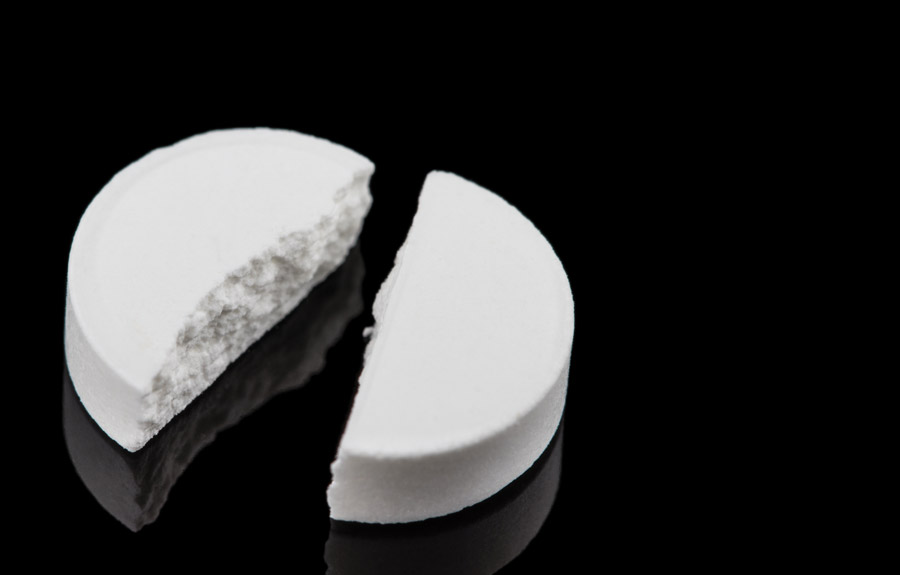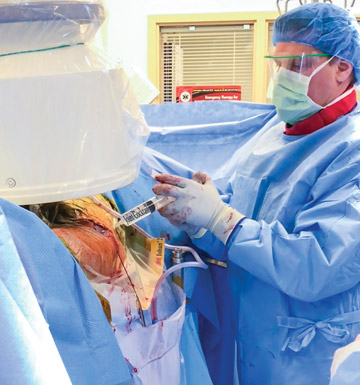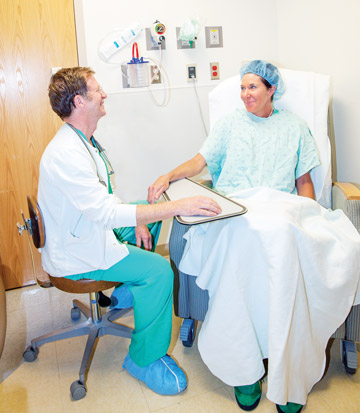You could make a legitimate argument that the CDC’s labeling of pain as “the fifth vital sign” in 2001 did more harm than good and directly contributed to the current opioid crisis, a problem deeply rooted in physicians’ attempts to completely eliminate pain with unnecessary or unnecessarily large painkiller prescriptions.
“Opioids themselves aren’t the problem,” says Charles Luke, MD, MBA, FASAM, director of acute interventional perioperative pain and regional anesthesiology at the University of Pittsburgh (Pa.) Medical Center, where in recent years surgeons are writing 50% fewer opioid prescriptions. “The problem is that they’ve been overutilized for decades.”
Dr. Luke is board certified in anesthesia and addiction medicine, and fellowship trained in acute medicine and regional anesthesia. He’s seen and experienced it all in ORs, detox centers and outpatient rehab centers. “I don’t think opioids are bad,” he says. “They have a place in post-op pain management. We don’t need to eliminate opioids, but we do need to reduce the amount used.”
About 60% of surgeries performed in the United States are done in outpatient facilities, according to Dr. Luke, who says that percentage will only increase. He calls for surgical professionals to standardize pain management protocols to make sure opioids are used as sparingly as possible.
Dr. Luke has been active in slashing by half the amount of opioids surgeons prescribe at UPMC. “That’s where we needed to get to immediately,” he says. “But there’s still more work to do.”
The clinical team at Keck School of Medicine at the University of Southern California in Los Angeles has also made it their mission to reduce opioid prescription rates and manage surgical pain through non-opioid alternatives. They implemented an enhanced recovery program with thoracic surgery about 18 months ago and have since added 10 service lines to the list. To date, they’ve decreased opioid use per service line by an average of 60%. Their efforts, like those at UPMC, focus on quality patient education, a reliance on regional anesthesia and an effective mix of non-opioid pain relievers.
.svg?sfvrsn=be606e78_3)



.svg?sfvrsn=56b2f850_5)